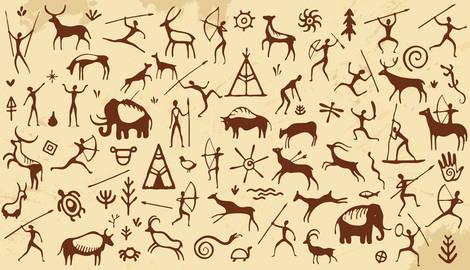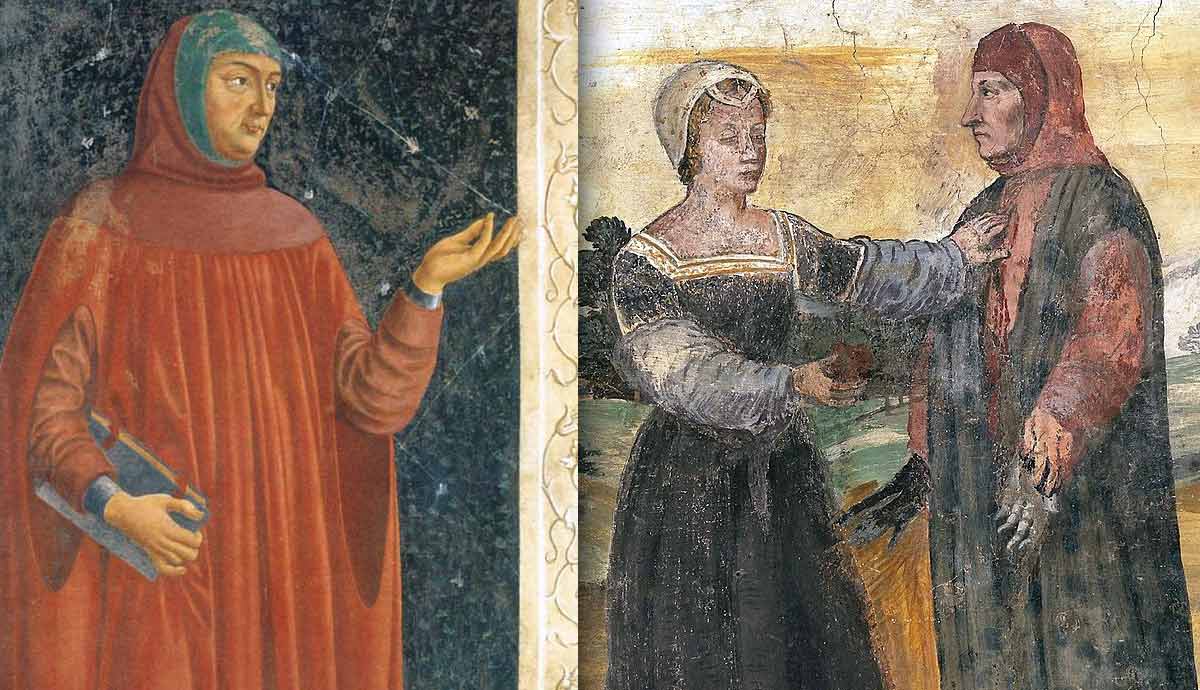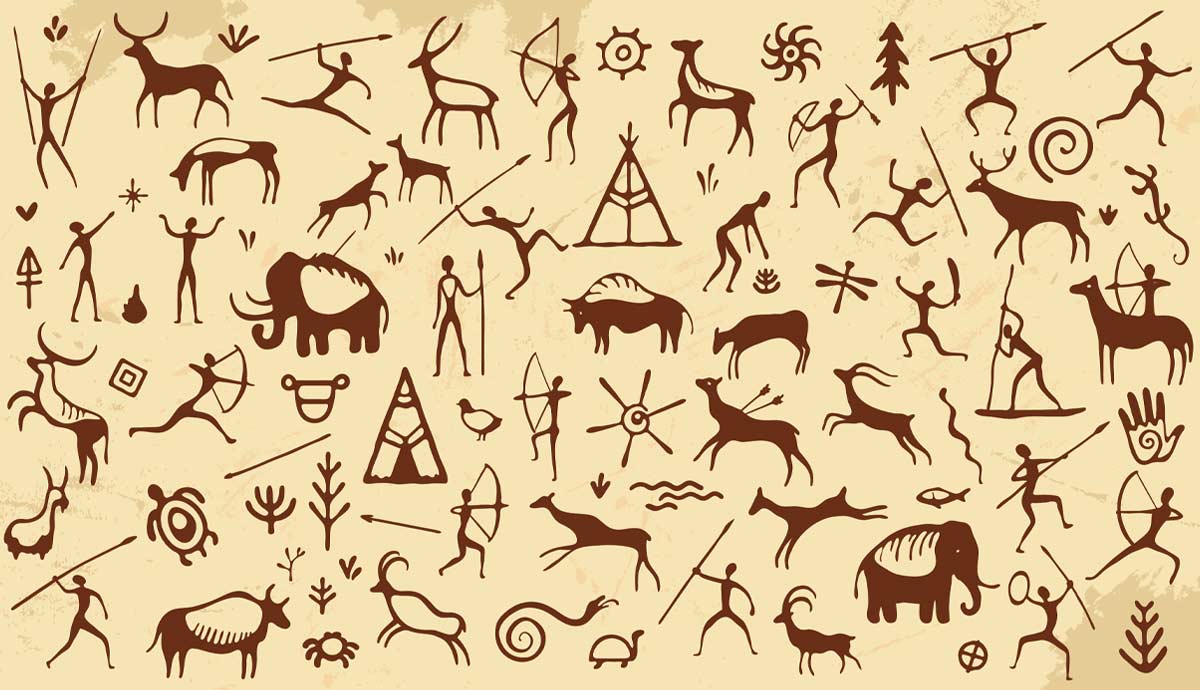
From the mysterious depths of prehistory, humans spent much time documenting their presence on the walls of caves, creating art that is captivating and enigmatic in both simplicity and complexity. These artworks are a window into the primeval prehistory of our species, and offer us glimpses of their lives in a very different and fascinating world.
From diverse sites around the world, what do these paintings tell us, and how do they help us understand what it is to be human?
Cave Painting in the Prehistoric World
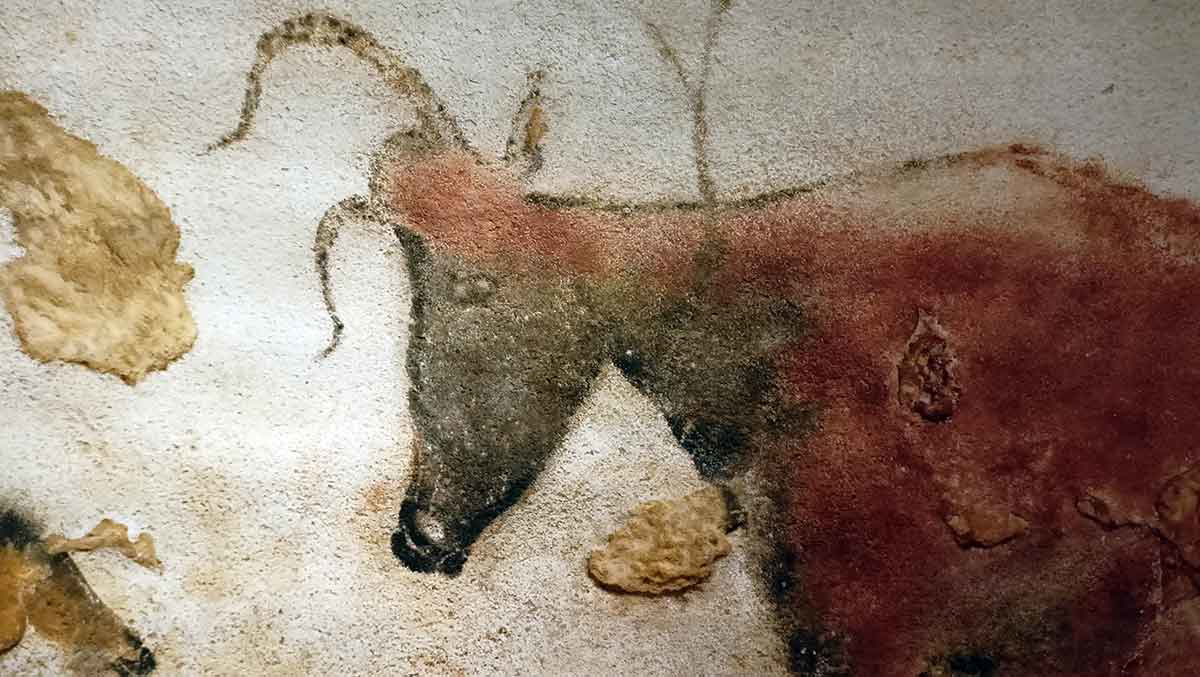
Before the Neolithic Revolution brought farming and the beginnings of civilization, all human beings, including our cousins, the Neanderthals and the Denisovans, lived a lifestyle of hunting and gathering. It was a harsh existence with challenges very different from the ones we face today.
Going back so far in time, it is incredibly difficult to determine when our imaginations took over and led us to leave our art on our surroundings. It is likely that the earliest examples no longer exist and have been eroded by the steady march of time. To date, the oldest cave painting that has been discovered so far dates to around 65,000 years ago, and is attributed not to Homo sapiens, but to Neanderthals. This controversial evidence suggests that our (sub)species wasn’t the only one to put imagination to artistic use. Painting, of course, isn’t the only form of art, and creations such as crosshatched scratch marks and other forms of abstract thinking have been discovered that predate paintings by tens of thousands of years.
Evidence for artistic creativity goes back even further, and it is possible that art was being made hundreds of thousands of years ago, and possibly even before Homo sapiens evolved! The oldest cave paintings attributed to Homo sapiens can be found on Sulawesi Island in Indonesia. Many cave paintings there were made over 40,000 years ago.
Materials and Techniques
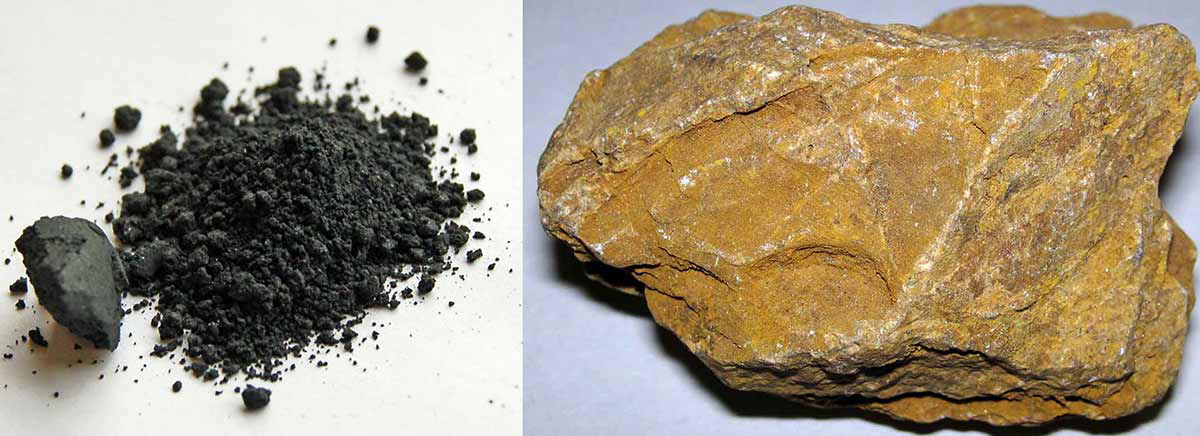
As expected, pigments for painting were sourced naturally, and were mostly red and black, with yellow and white being added to the color palette later. Charcoal and manganese dioxide were the sources for black pigments, and iron oxides formed the basis for red pigments. Yellow was created from limonite, while white pigments could be derived from a number of sources, including powdered gypsum, kaolin clay, calcite, burnt shells, or powdered gypsum.
There was a fair amount of work that went into extracting the colors. Removing impurities from ground pigments required processes like sieving and levigation, and it is reasonable to assume prehistoric artists were capable of discovering and using such methods. Water would have been added to the ground powder. While impurities like quartz crystals sank, the fine dust would have remained near the surface. The water containing the fine dust was then removed, and the water evaporated, leaving an extremely fine powder.
The fine pigment dust was then mixed with natural binding agents such as plant sap, animal fat, bone marrow, blood, urine, or albumen. Paint was mixed in whatever containers could be sourced. Evidence from South Africa shows abalone shells being used tens of thousands of years ago.
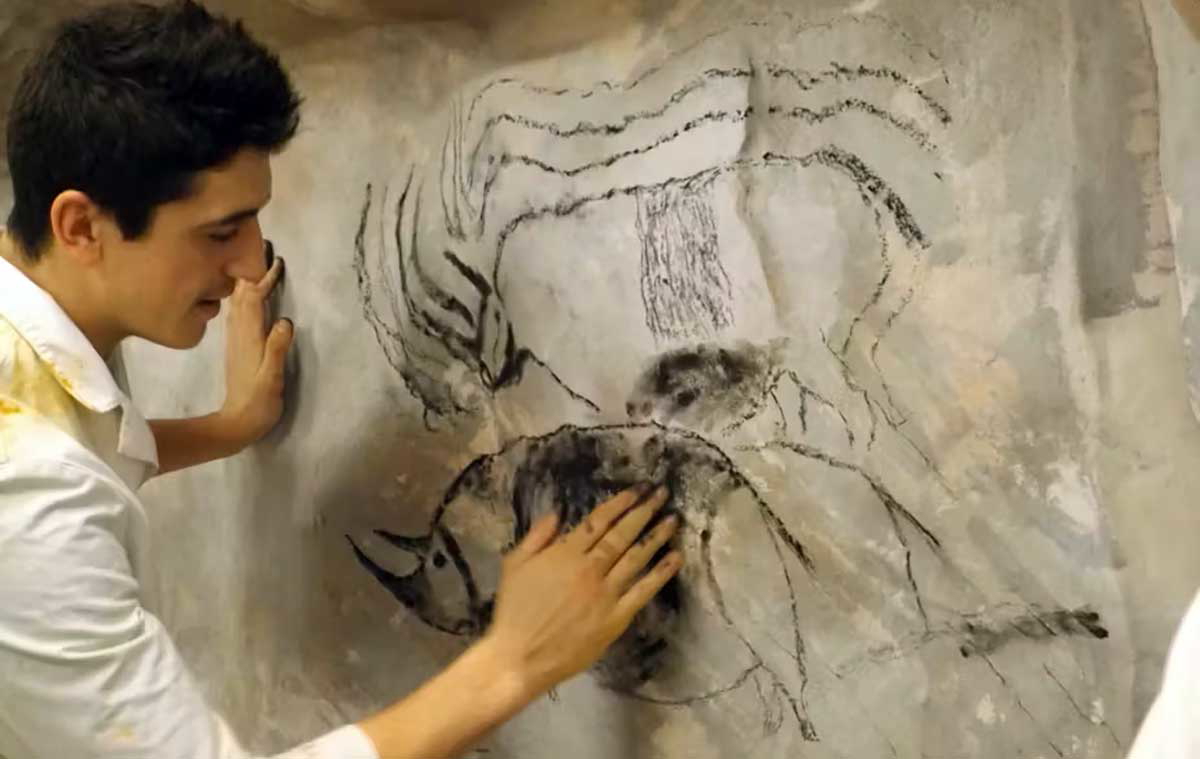
Preparing and accessing certain surfaces could also be challenging. Cave walls were cleaned before paint was applied, and evidence of holes drilled into the walls suggests wooden beams were inserted to create scaffolding to reach certain areas. Many sites were also pitch black without the aid of fire, and lamps had to be used to provide light for the artist to work.
Applying the paint was another matter, as there were many methods. Initially, pigments were made into lumps and applied like chalk or crayons. Fingers and hands were also used to apply and manipulate the paint. Paint applicators such as twigs and moss were later used, along with feathers, which were used to blend color areas. Eventually, brushes were invented, and a wide variety of animal hair was used. Of particular note is the invention of early airbrush techniques. Paint was blown through hollow reeds or thin bones, producing a fine distribution of paint. Artists even applied paint by blowing it in a repetitive spitting motion from their mouths directly onto their stony canvas.
Reason and Meaning
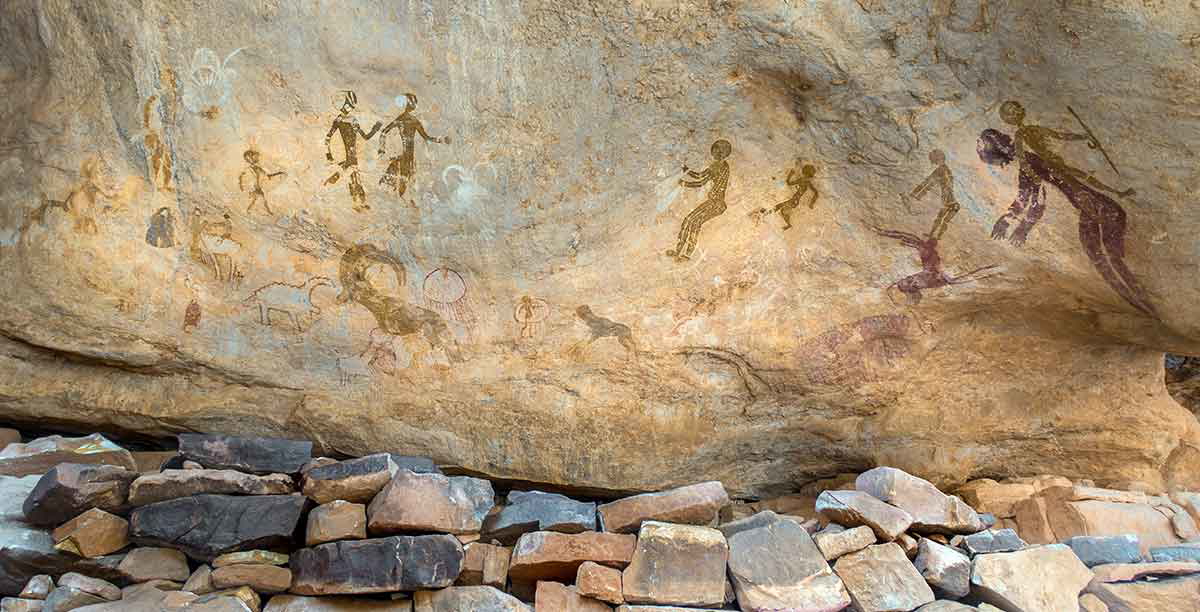
Archaeology can only go so far in interpreting the thought processes and motives that went into cave art. Educated assumptions on why prehistoric people decorated the walls of their caves include a variety of suppositions.
For many artists, the intent was just to leave their mark. Palaeolithic sites across the world have much in common, and hand stencils seem to have been a common way for anybody, even non-artists, to leave their mark. These marks were made by placing the hand on the wall and blowing the paint mixture over it, leaving a handprint as a negative image.
Along with the desire to simply leave a mark, many paintings indicate a deeper meaning behind their creation. There are many examples that suggest a spiritual or shamanic purpose. There are figures which show people in trancelike states, and depictions of people with animal heads, which are argued to represent shamanic practices. Of course, the interpretation of cave art follows the same logic as interpretation of art does today, and it is impossible to know exactly what the artists were thinking, and in many cases, depicting. Cave art is subject to a wide variety of interpretations by experts, and many pictures are also abstract, making these interpretations even more difficult.

Animals feature prominently in cave art. Such examples of art are a window into the world that existed at the time of their creation. A vast plethora of animals have been depicted in the regions in which they lived, from rhinos and aurochs to mammoths, deer, bison, and pigs, among many others. Predators such as lions, wolves, and bears have also been depicted. Some ethnographers have theorized that many paintings represent some kind of “hunting magic” and that the shamanistic act of painting animals on walls summons them and provides spiritual support for a successful hunt.
Given the human propensity for communication and narrative, it is also very likely that cave art functioned as a visual storytelling technique, as the art represents the prehistoric animals, and the hunting scenes that accompanied survival in the Palaeolithic. Of course, the art was likely to have multiple functions. They could have been shamanic devices, storytelling aids, the desire to express human creativity, or simply art for art’s sake.
A Global Gallery
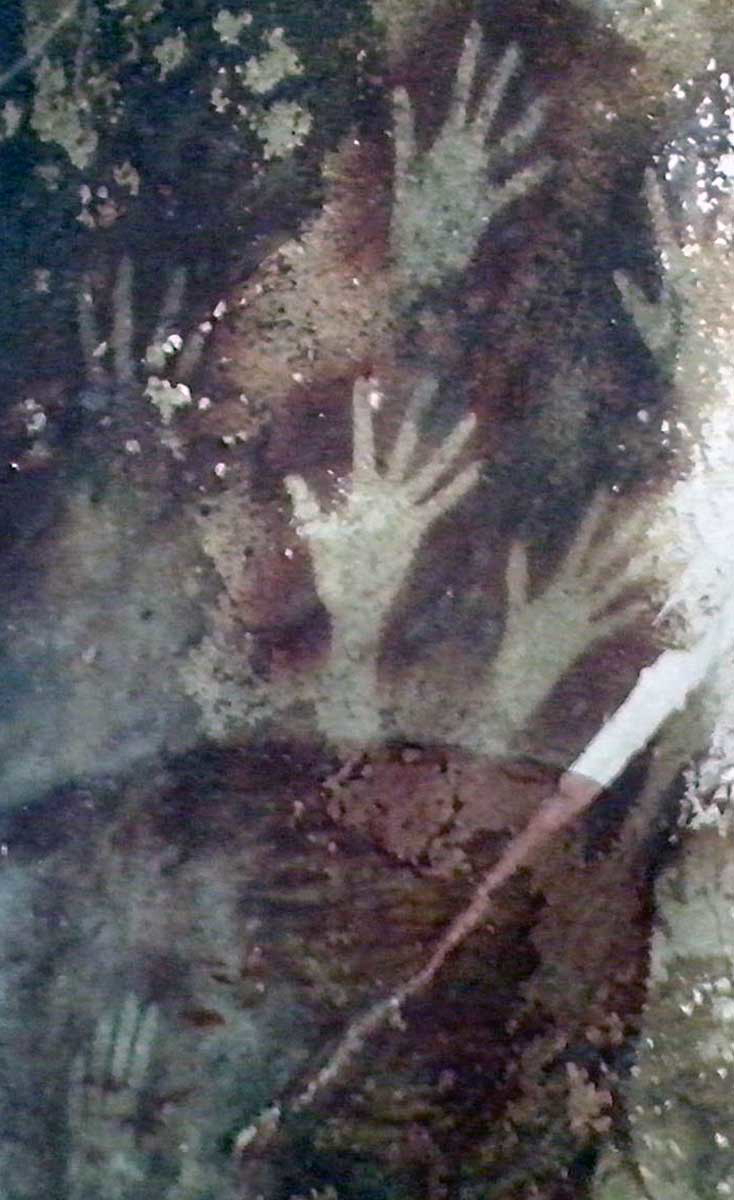
Cave paintings and rock art can be found all over the world, from the deserts of Australia to caves of Europe and Asia, as well as Africa, and the Americas. Wherever humans went, they left their mark on the walls of their homes. In fact, the only continent where cave paintings have not been discovered is Antarctica.
Undoubtedly one of the most famous sites for cave art, Lascaux Cave, is located in southwest France and contains an immense treasure trove of prehistoric art. The walls of Lascaux were decorated with art created between 19,000 and 17,000 years ago, during the Upper Palaeolithic period. There are hundreds of paintings and engravings in this cave, and much of the art shows a high level of skill and understanding of perspective, color, and shading.
Sulawesi Island in Indonesia is famed for the age of its paintings, and several caves on the island hold the distinction of being home to the oldest paintings so far discovered that were made by Homo sapiens. In Leang Tedongnge cave, there is a painting of a Celebes warty pig that has been dated to at least 45,500 years old, making it the oldest depiction of an animal that has ever been discovered.
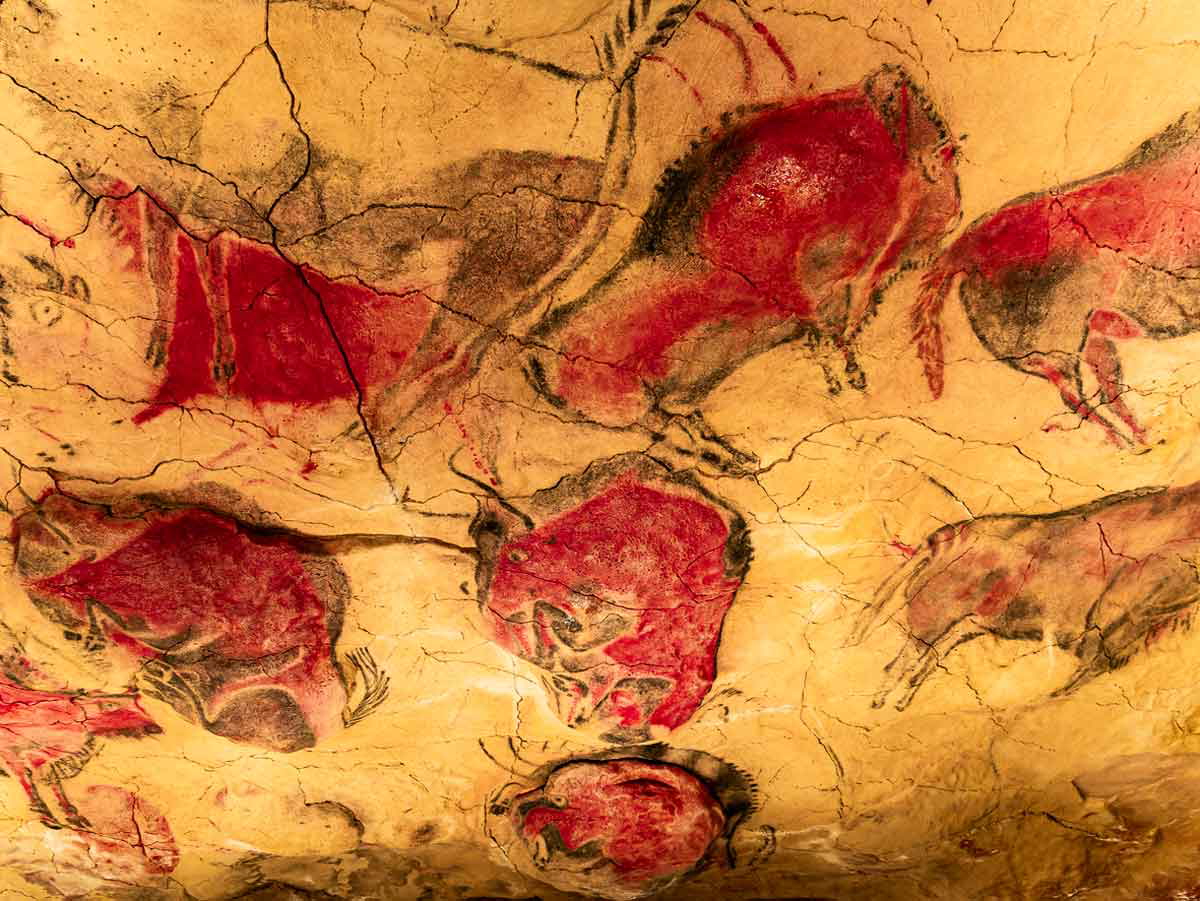
Often referred to as the “Sistine Chapel of Palaeolithic Art,” Altamira Cave in Spain has garnered widespread attention for its beautiful renditions of local fauna. Of particular note are the images of animals that cover raised areas of the cave surface, creating a 3D effect.
Some rock art can even tell us stories about the changes in climate. In North Africa, where the Sahara desert makes life extremely inhospitable, there is art depicting a wide array of flora and fauna, including hippos! Art in Nubia (modern day Sudan) depicting boats in an otherwise arid region, is dated to a little more than 5,000 years ago, indicating a relatively recent shift when the Sahara transitioned from a lush and green place, to a dry and dusty desert with dried up rivers and severely reduced ability to support human life.
Spiritualism has been an important pillar of human thought for as long as the species has been around. In the Drakensberg Mountains in South Africa, there are a number of important sites depicting shamanistic rituals and altered states of consciousness. Shamanic themes are not, however, uncommon around the world. They speak to a universal trend of human Palaeolithic experience.
Everywhere human beings settled, they left their mark with similar themes, indicating a common thread of humanity apparent throughout the species.
Insights Revealed
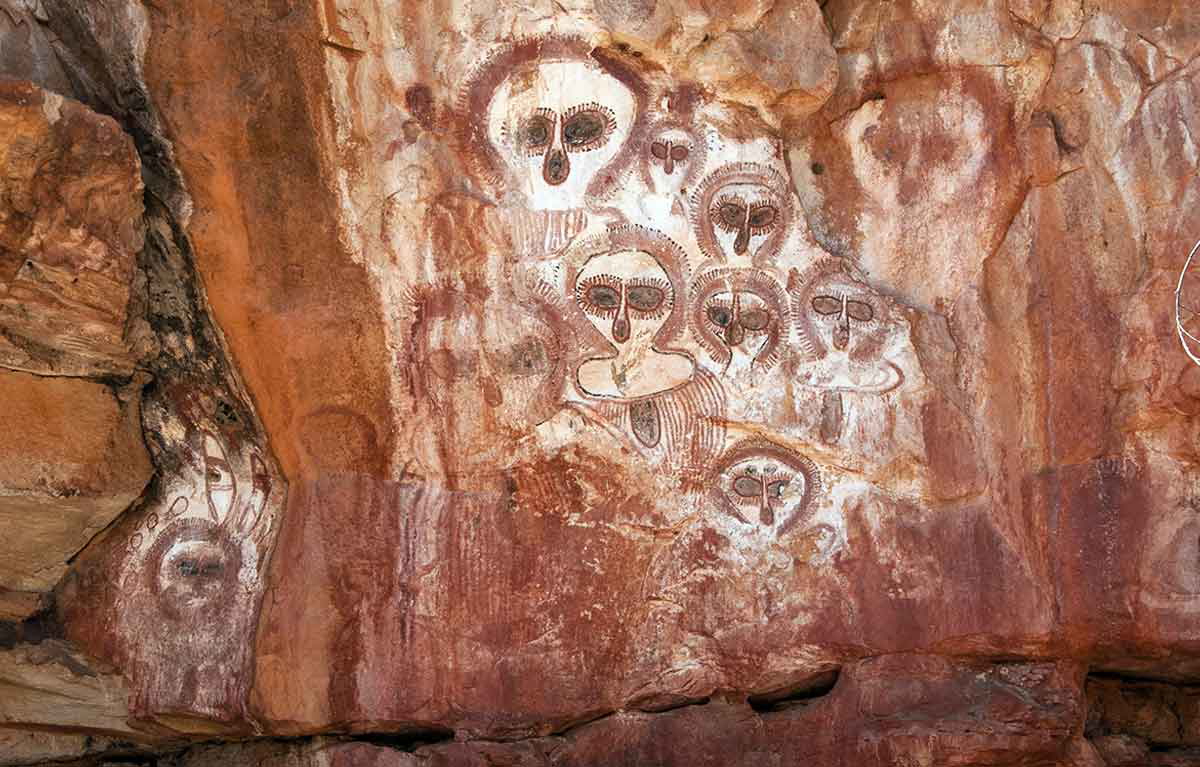
Cave art reveals an enormous amount of information about prehistoric life. It tells us what animals existed and which ones were hunted. They can also reveal how these hunts were conducted and what equipment was used.
Prehistoric art reveals communal practice and spiritual beliefs. Many scenes depict a sense of community and of the social practices they engaged in, leaving clues for archaeologists to extrapolate and create theories about human life in the Palaeolithic. Animistic depictions, combined with spiritual aspects, as well as the local fauna, show a world where our ancestors held a deep connection to nature around them.
Ultimately, what the paintings show is that human beings have a deep-seated desire to create and engage their imagination through art, a defining feature of the human species.
